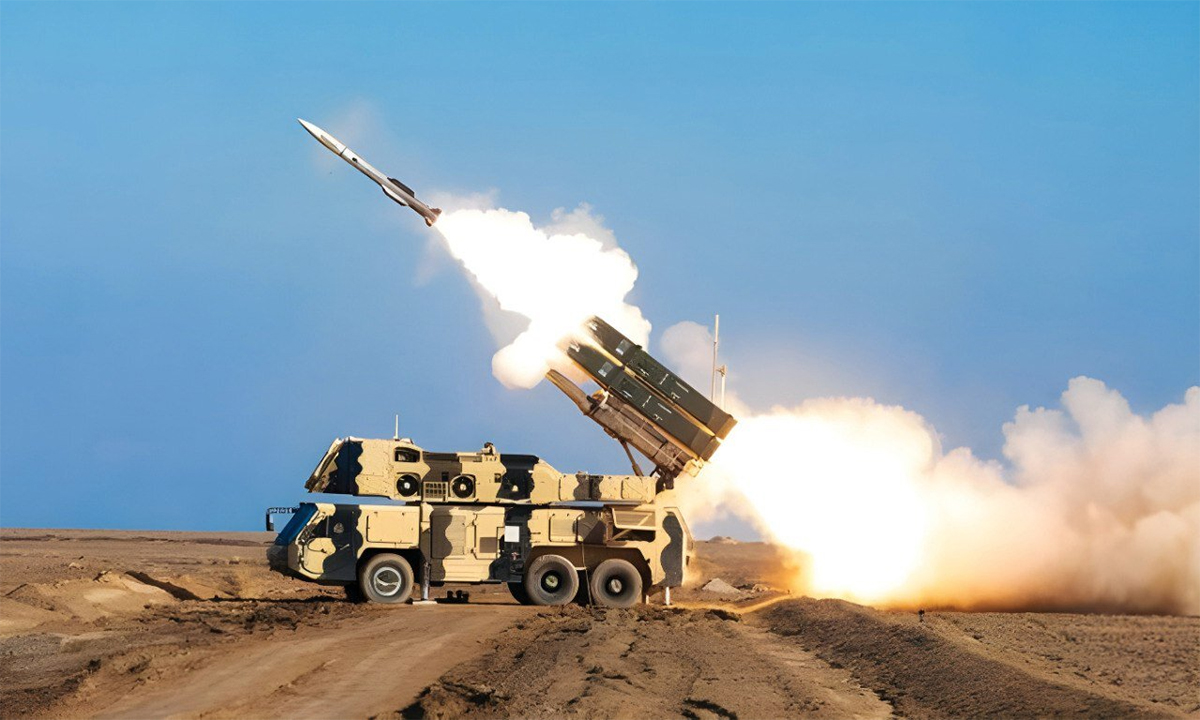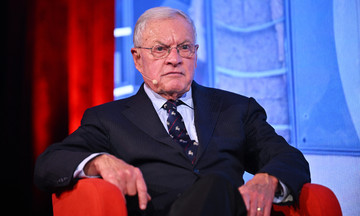"Israel sought to destroy Iran's defensive capabilities, and some air defense systems were damaged in the conflict. These systems have been replaced," Brigadier General Mahmoud Mousavi, deputy chief of staff for operations of the Iranian army, said today.
According to Mousavi, radar and missile air defense sites were among the first targets Israel struck when the conflict erupted in mid-June. "Their plan was to neutralize Iran's air defense capabilities. We protected our country's airspace, and the enemy did not achieve its objective despite trying their best," he declared.
 |
An Iranian Sevom Khordad system fires in a photo released on 8/1. Photo: Tehran Times |
An Iranian Sevom Khordad system fires in a photo released on 8/1. Photo: Tehran Times
Iran possesses various air defense missiles, ranging from short to long-range, mainly domestically produced systems like the Bavar-373 and Khordad-15. Tehran also has 4 S-300 batteries purchased from Russia in 2016. The extent of damage to Iran's air defenses during the conflict with Israel remains unclear.
The conflict between Tel Aviv and Tehran began on the morning of 13/6 when the Israeli military launched preemptive airstrikes on military targets and nuclear facilities in Iran, citing the need to prevent Iran from developing nuclear weapons. Both sides then exchanged attacks before reaching a ceasefire brokered by the US.
The conflict resulted in over 1,000 deaths in Iran and at least 28 in Israel. The extent of damage to Tehran's nuclear program is unknown. NBC reported on 18/7 that only one of Iran's three nuclear facilities was destroyed after the Israeli and US airstrikes.
Nguyen Tien (IRNA, AFP, AP)












